In a world where diets and nutrition trends constantly evolve, finding the right balance between fiber intake and carbohydrate consumption can be tricky.
High fiber, low carb foods offer a solution that supports digestive health while managing weight and blood sugar levels. These foods are not only nutrient-dense but also versatile, making them a valuable addition to any meal plan.
Whether you’re aiming for better gut health, looking to shed a few pounds, or simply want to maintain stable energy levels throughout the day, incorporating high fiber, low carb foods into your diet can make a significant difference.
From leafy greens to seeds and nuts, there’s a variety of delicious options to explore that can help you meet your nutritional goals without compromising on flavor.

What Are High Fiber, Low Carb Foods?
High fiber, low carb foods help maintain digestive health and blood sugar levels. These foods often contain significant amounts of fiber while keeping carbohydrate content minimal. Vegetables like spinach, broccoli, and kale offer excellent examples.
Nuts and seeds include another category. Options such as chia seeds, flaxseeds, and almonds provide fiber without spiking carb intake. These can be easily added to salads, yogurts, and smoothies for an extra nutrient boost.
Legumes like lentils and chickpeas, although slightly higher in carbs compared to vegetables, still offer considerable fiber. When consumed in moderation, they balance dietary fiber requirements without excessive carb consumption.
Fruits low in carbs but high in fiber include berries. Blueberries, strawberries, and raspberries particularly fit this category. They can be enjoyed fresh or incorporated into various dishes.
Increasing dietary fiber without excessive carbs often involves making smart food choices and combining these options creatively in daily meals.
Benefits of High Fiber, Low Carb Diet
A high-fiber, low-carb diet provides multiple health benefits, enhancing both digestive and metabolic health. Here is an overview of its primary advantages:
1. Improved Digestive Health
- Benefit: Fiber supports regular bowel movements and prevents constipation, promoting a healthy gut.
- Sources: Leafy greens, broccoli, flaxseeds, and chia seeds.
2. Weight Management
- Benefit: High-fiber foods promote satiety, aiding in appetite control and reducing cravings, thereby facilitating weight management.
- Sources: Avocados, almonds, Brussels sprouts.
3. Stabilized Blood Sugar Levels
- Benefit: Low-carb, high-fiber foods help prevent rapid blood sugar spikes, making this diet ideal for individuals with diabetes or those looking to manage blood sugar levels effectively.
- Sources: Cauliflower, spinach, nuts.
4. Sustained Energy Levels
- Benefit: The slow digestion of fiber results in a gradual release of glucose, providing consistent energy levels throughout the day.
- Sources: Zucchini, cucumbers, and other non-starchy vegetables.
5. Enhanced Nutrient Absorption
- Fiber aids in the breakdown and absorption of essential vitamins and minerals, enhancing nutrient intake and overall health.
- Sources include asparagus, sunflower seeds, and artichokes.
6. Heart Health Support
- Benefit: Fiber reduces cholesterol levels, supporting cardiovascular health and lowering the risk of heart disease.
- Sources: Kale, walnuts, and flaxseeds.
7. Balanced Metabolism
Benefit: This diet supports metabolic health by enhancing digestive function, reducing insulin resistance, and preventing overeating.
Top 15 high-fiber, low-carb foods
Balancing fiber intake with low-carb consumption can be tricky, but these 15 foods excel in both areas.
1. Avocado

Avocados are rich in fiber, providing about 10 grams per cup. Their low carb count makes them ideal for various dishes, from salads to smoothies.
2. Broccoli
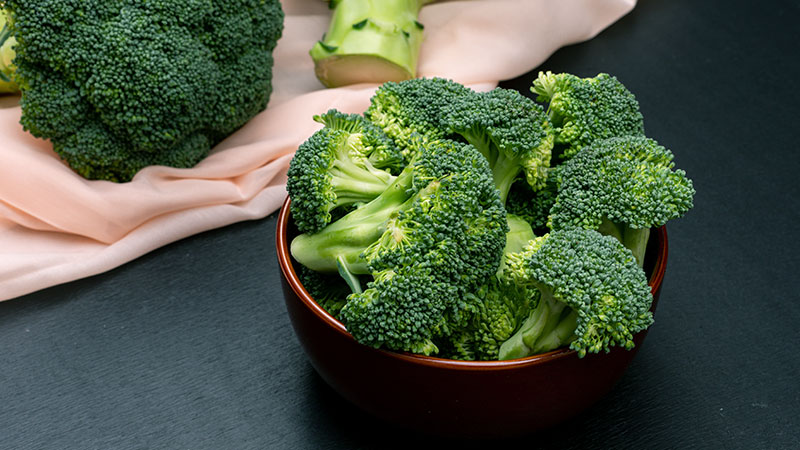
Broccoli, a cruciferous vegetable, offers high fiber with about 5 grams per cup. It’s also low in carbs, making it a perfect addition to stir-fries and salads.
3. Blackberries and Raspberries
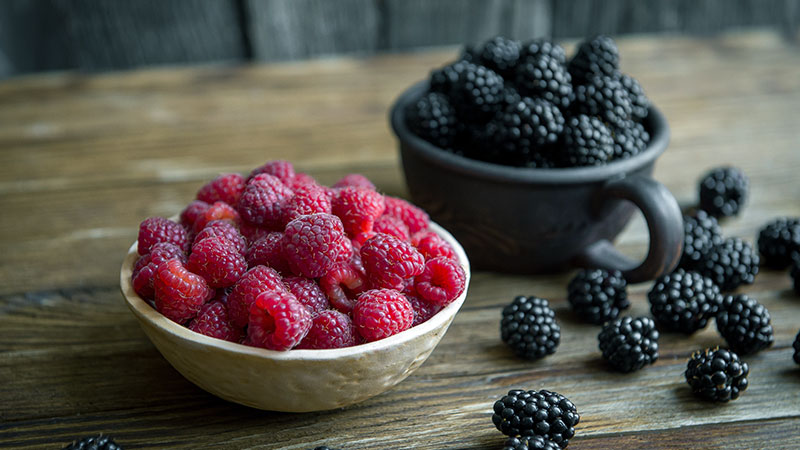
Blackberries and raspberries stand out with around 8 grams of fiber per cup. Their low-carb content adds a sweet touch to desserts and snacks without adding extra sugar.
4. Asparagus

Asparagus provides about 3 grams of fiber per cup. Its low carb count makes it a versatile side dish for various meals, whether steamed or grilled.
5. Chia Seeds
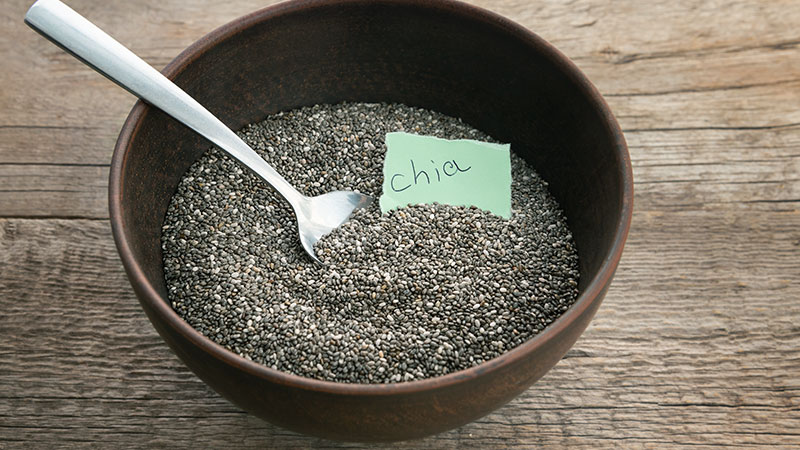
Chia seeds, with around 10 grams of fiber per ounce, are an exceptional fiber source. Their low-carb profile fits well into yogurts, smoothies, and baking recipes.
6. Macadamia Nuts
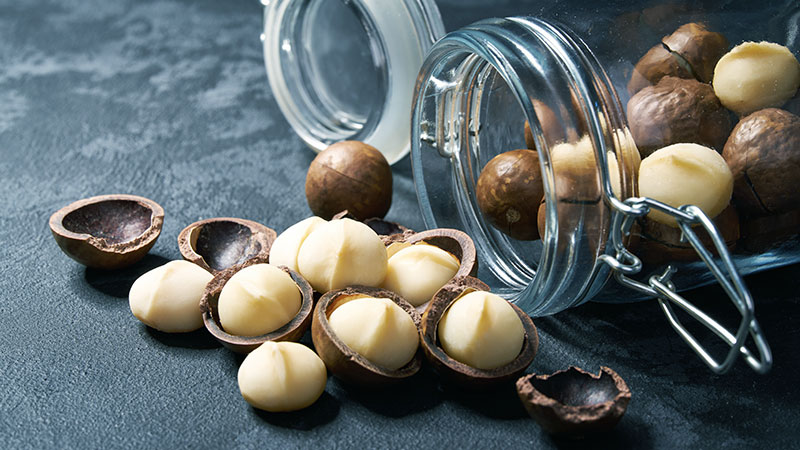
Macadamia nuts offer a decent fiber content of about 2 grams per ounce. They’re low in carbs, making them a perfect snack or salad topping.
7. Leafy Greens
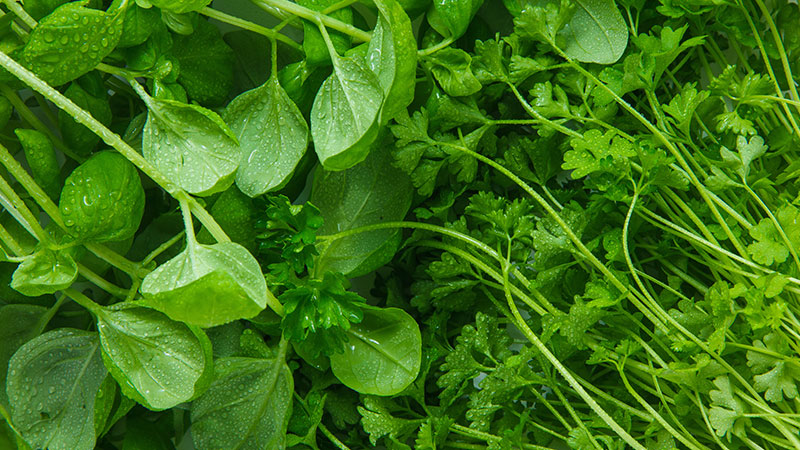
Leafy greens such as spinach and kale provide about 4 grams of fiber per cup. Their low-carb nature means you can add them generously to salads and smoothies.
8. Brussels Sprouts
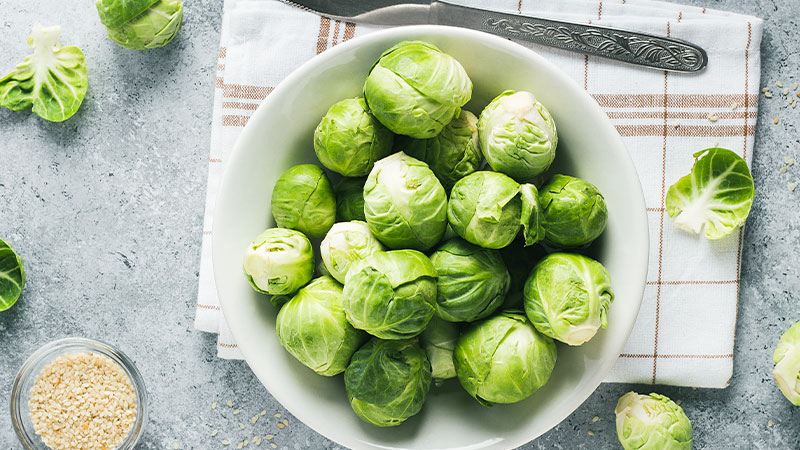
Brussels sprouts contain around 4 grams of fiber per cup. They’re low in carbs and can be roasted, steamed, or sautéed for a tasty dish.
9. Artichokes

Artichokes, known for their high fiber content, offer about 7 grams per medium artichoke. Their low-carb profile makes them suitable for dips and salads.
10. Hazelnuts
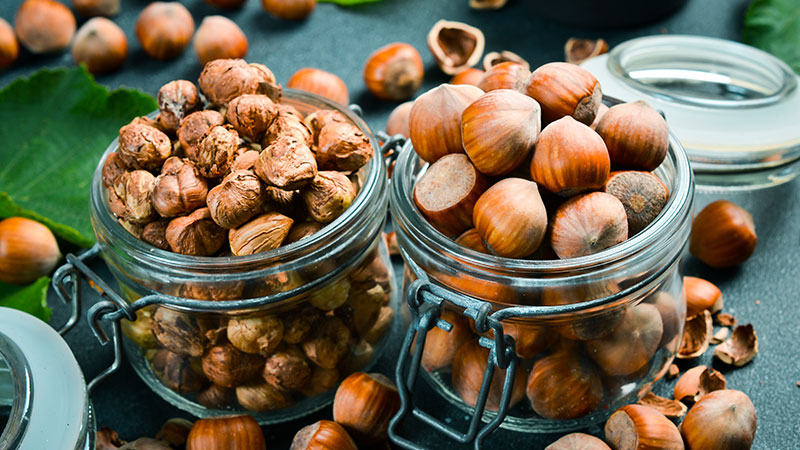
Hazelnuts provide approximately 3 grams of fiber per ounce. They’re low in carbs and can be incorporated into baking or eaten as a snack.
11. Green Beans

Green beans offer around 4 grams of fiber per cup. Their low-carb content makes them an ideal side dish, whether steamed or stir-fried.
12. Pecans

Pecans contain about 3 grams of fiber per ounce. With their low-carb count, they make for a nutritious snack or an addition to salads and desserts.
13. Dried Coconut
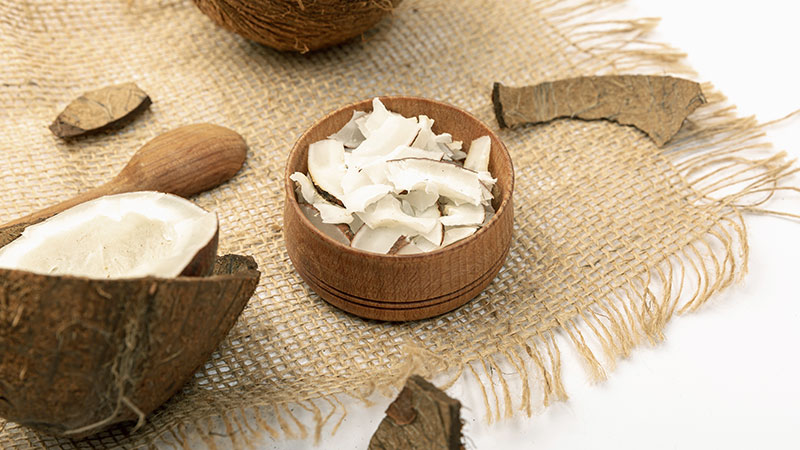
Dried coconut provides about 5 grams of fiber per ounce. Its low-carb content makes it a great topping for yogurt, cereal, or smoothies.
14. Flaxseed
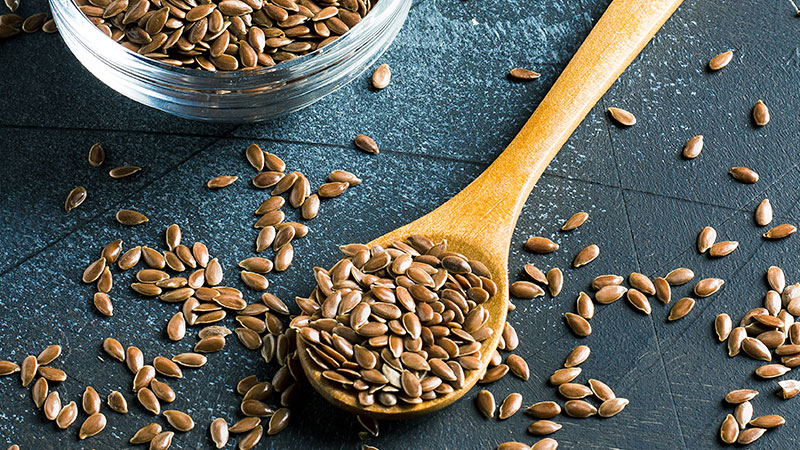
Flaxseed, with around 7 grams of fiber per ounce, is a robust fiber source. It’s low in carbs and can be sprinkled on salads, cereals, or used in baking.
15. Psyllium Husk
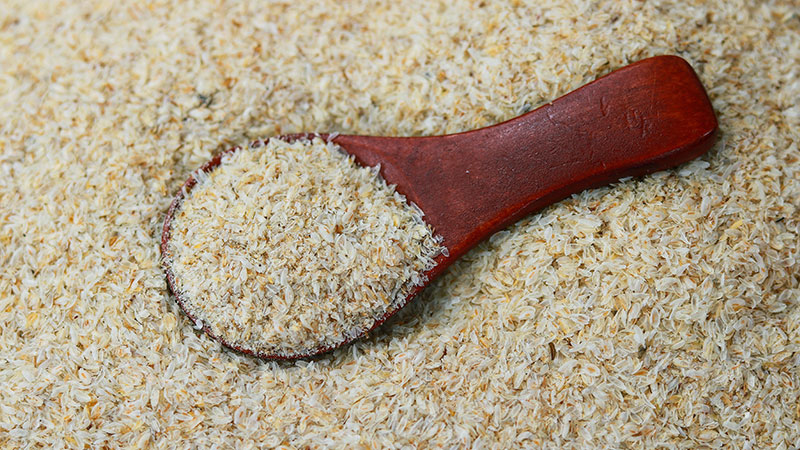
Psyllium husk stands out with roughly 6 grams of fiber per tablespoon. It’s highly low in carbs and often used in baking or as a fiber supplement in various dishes.
How Much Fiber Should You Consume?
The daily recommended fiber intake is based on age and gender. Here’s a breakdown:
Recommended Fiber Intake
- Women: At least 25 grams per day.
- Men: At least 38 grams per day.
- Children (1-3 years): 19 grams per day.
- Children (4-8 years): 25 grams per day.
Health Benefits of Adequate Fiber Intake
- Digestive Health: Fiber supports regular bowel movements and prevents constipation.
- Blood Sugar Control: Fiber slows glucose absorption, stabilizing blood sugar levels, which is especially beneficial for people with diabetes.
- Satiety and Weight Management: High-fiber foods promote feelings of fullness, helping to manage weight and reduce overeating.
High-Fiber, Low-Carb Foods
- Leafy Greens: Spinach, kale
- Nuts: Almonds, walnuts
- Seeds: Chia seeds, flaxseeds
- Fruits: Raspberries, avocados
Benefits for Special Needs (e.g., Diabetes)
For individuals managing diabetes, consuming a diet rich in high-fiber, low-carb foods helps control blood sugar spikes. Incorporating various fiber-rich foods ensures balanced nutrition while meeting these dietary requirements.
Reaching the recommended daily fiber intake can lead to better overall health and assist in managing conditions like diabetes.
Potential Challenges and Solutions
Adopting a high-fiber, low-carb diet offers significant health benefits but presents certain challenges. Below are common obstacles and solutions:
1. Variety in Food Choices
- Challenge: Identifying a wide range of high-fiber, low-carb foods that satisfy dietary requirements.
- Solution: Integrate leafy greens, seeds, and nuts into your diet. Add spinach to smoothies, incorporate chia seeds in puddings, and use almond flour for baking bread or snacks. Rotating vegetables such as kale, zucchini, and cauliflower enhances meal variety.
2. Digestive Discomfort
- Got a challenge with suddenly upping your fiber game? It can lead to some bloating or gas.
- Here’s the fix: Ease into it! Gradually add high-fiber foods so your gut gets used to it. Begin with small servings of stuff like chia seeds, flaxseeds, and almonds. And don’t forget to stay hydrated – water helps with digestion!
3. Meal Planning
- Challenge: Balancing fiber-rich foods with low carb counts can be challenging and time-consuming.
- Solution: Utilize meal planning tools and apps to develop weekly menus. Plan meals that incorporate vegetables such as spinach and broccoli with lean proteins and healthy fats. Preparing meals in advance can save time and ensure dietary balance.
4. Cravings for High-Carb Foods
- Challenge: Cravings for bread, pasta, or other high-carb foods can hinder progress.
- Solution: Address cravings with high-fiber, low-carb alternatives such as berries, particularly raspberries, or low-carb breads made with almond flour. Cauliflower rice and zucchini noodles serve as excellent substitutes for pasta and rice.
5. Nutrient Diversity
- Challenge: A restrictive diet may limit nutrient diversity, potentially resulting in deficiencies.
- Solution: Integrate a variety of fiber-rich foods, including legumes, vegetables, nuts, and seeds, to ensure a broad range of vitamins and minerals. A diverse selection of plant-based foods can help achieve a balanced intake of essential nutrients.
6. Maintaining Motivation
- Challenge: Maintaining motivation over time can be challenging, particularly as meals may become repetitive.
- Solution: Regularly experimenting with new recipes and diverse cooking methods such as grilling, roasting, or spiralizing vegetables can help.Exploring various cuisines that naturally include low-carb, high-fiber foods, such as Mediterranean or Middle Eastern, can also reignite interest.
7. Social and Lifestyle Adjustments
- Challenge: Dining out or attending social events can make sticking to a diet difficult.
- Solution: Opt for salads, grilled vegetables, and protein-rich options when eating out, while steering clear of high-carb sides. For social gatherings, bring a high-fiber, low-carb dish to ensure you have a suitable option that aligns with your diet.
Tips for Incorporating High Fiber, Low Carb Foods into Your Diet
Incorporating high-fiber, low-carb foods into your diet can be both simple and enjoyable with the right strategies. Here are some practical tips to help you:
Incorporate Leafy Greens
Incorporate nutrient-dense leafy greens such as spinach, kale, and Swiss chard into salads, soups, smoothies, or as a base for stir-fries. These greens are low in carbohydrates and high in fiber, providing a simple and versatile addition to any meal.
2. Add Nuts and Seeds
- How: Sprinkle chia seeds, flaxseeds, or almonds into yogurt, oatmeal, or smoothies. These can also be added to salads or incorporated as almond flour in baking.
- Benefit: Nuts and seeds deliver fiber, healthy fats, and low carbohydrates, while enhancing texture and flavor in meals.
3. Choose Fiber-Rich Berries
Enjoy blueberries, strawberries, or raspberries as a snack, or incorporate them into yogurt, smoothies, or salads.
These fruits are rich in fiber and low in carbohydrates, which aid in regulating blood sugar and enhancing digestion.
4. Diversify with Fiber-Rich Vegetables
- How to Incorporate: Include broccoli, zucchini, cauliflower, and asparagus in your meals by roasting, grilling, or adding them to stir-fries.
- Benefit: These vegetables are low in carbohydrates and high in fiber, making them ideal as side dishes or main components of meals.
5. Use Avocados
- How: Incorporate avocado slices into salads, blend them into smoothies, or mash them into a spread for toast and sandwiches.
- Benefit: Avocados are abundant in fiber and healthy fats, providing a nutritious, low-carb alternative to traditional spreads.
6. Plan Your Meals
- How: Utilize meal planning apps to monitor your fiber and carbohydrate intake. Organize your grocery list to include high-fiber, low-carb foods such as vegetables, nuts, and seeds.
- Benefit: Meal planning helps you adhere to your dietary objectives and enhances the efficiency of your shopping.
7. Gradually Increase Fiber
- How: Begin with smaller servings of high-fiber foods and gradually increase the portion size to let your digestive system adapt.
- Benefit: Gradually increasing fiber intake can help prevent discomfort, including bloating or gas, when incorporating more fiber into your diet.
Frequently Asked Questions
What are some high fiber, low carb foods?
High fiber, low carb foods include leafy greens like spinach and kale, nuts and seeds such as chia seeds and flaxseeds, and vegetables like broccoli. Berries, particularly blueberries, strawberries, and raspberries, are also great options.
How much fiber should I consume daily?
Women should aim for at least 25 grams of fiber daily, while men should target 38 grams. These amounts help maintain digestive health, blood sugar stability, and feelings of fullness.
Can a high fiber, low carb diet benefit weight loss?
Yes, a high fiber, low carb diet aids weight loss by increasing satiety and reducing cravings. Fiber-rich foods take longer to digest, keeping you fuller for longer periods and minimizing unnecessary snacking.
How do high fiber foods support digestive health?
High fiber foods add bulk to your stool, facilitating regular bowel movements and preventing constipation. They also nurture gut bacteria, promoting a healthy digestive system.
Are there fruits that are low in carbs and high in fiber?
Yes, fruits such as blueberries, strawberries, and raspberries are low in carbs but high in fiber, making them excellent choices for a high fiber, low carb diet.
What challenges might I face with a high fiber, low carb diet?
Challenges include finding suitable foods, potential digestive discomfort from sudden fiber increases, and meal planning difficulties. Gradually introducing fiber and utilizing meal planning tools can mitigate these issues.
Conclusion
Balancing fiber intake with low carb consumption can be a game-changer for overall health. High fiber low carb foods offer numerous benefits, from supporting digestive health to aiding in weight management and maintaining stable blood sugar levels.
By incorporating foods like leafy greens, nuts, and berries into daily meals, individuals can enjoy flavorful and nutritious options that align with their dietary goals.
Gradually increasing fiber intake and utilizing meal planning strategies can help overcome potential challenges.
Exploring diverse recipes and staying motivated are key to sustaining these dietary changes. Embracing high fiber low carb foods can lead to improved well-being and a more balanced diet.
